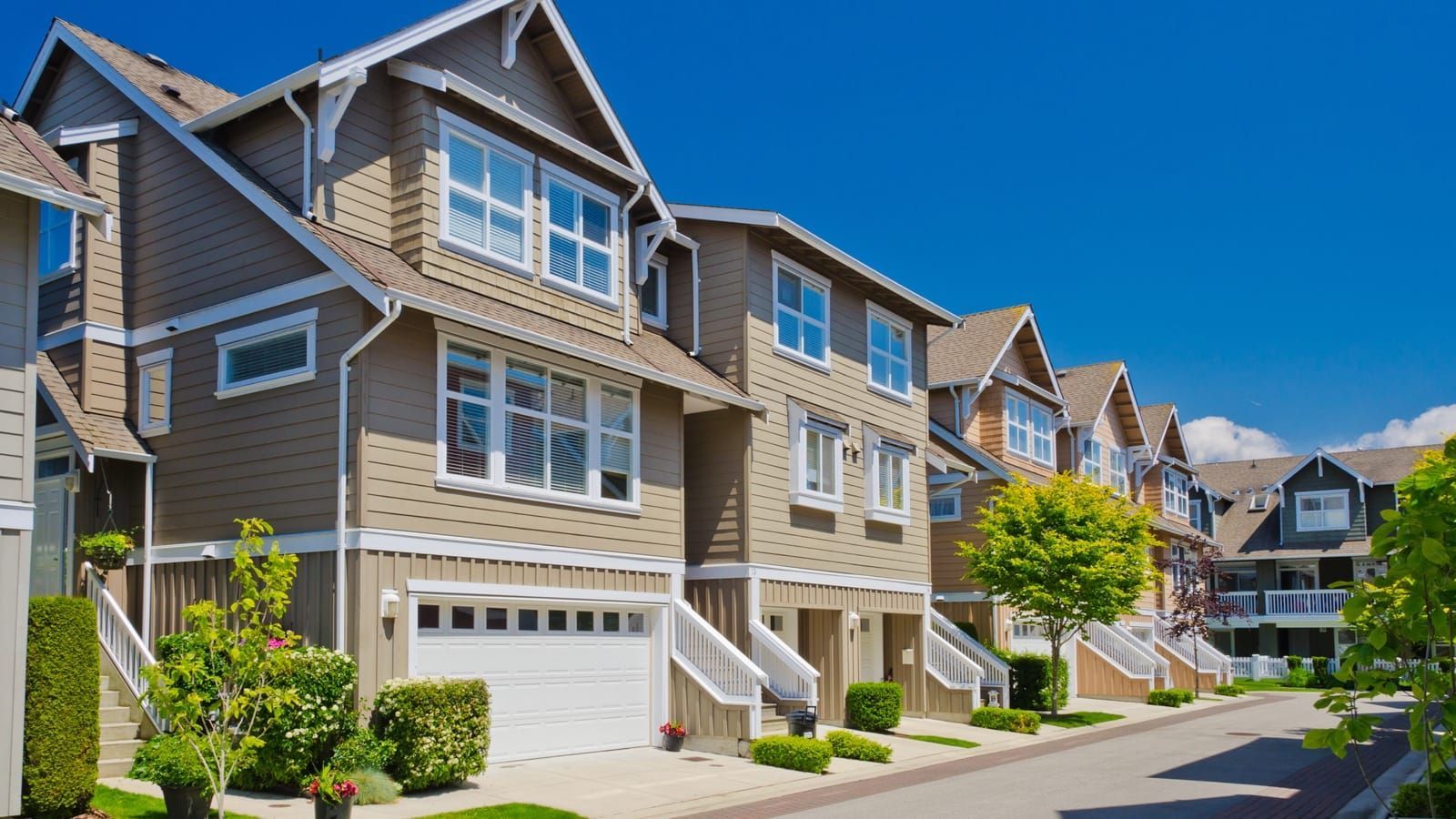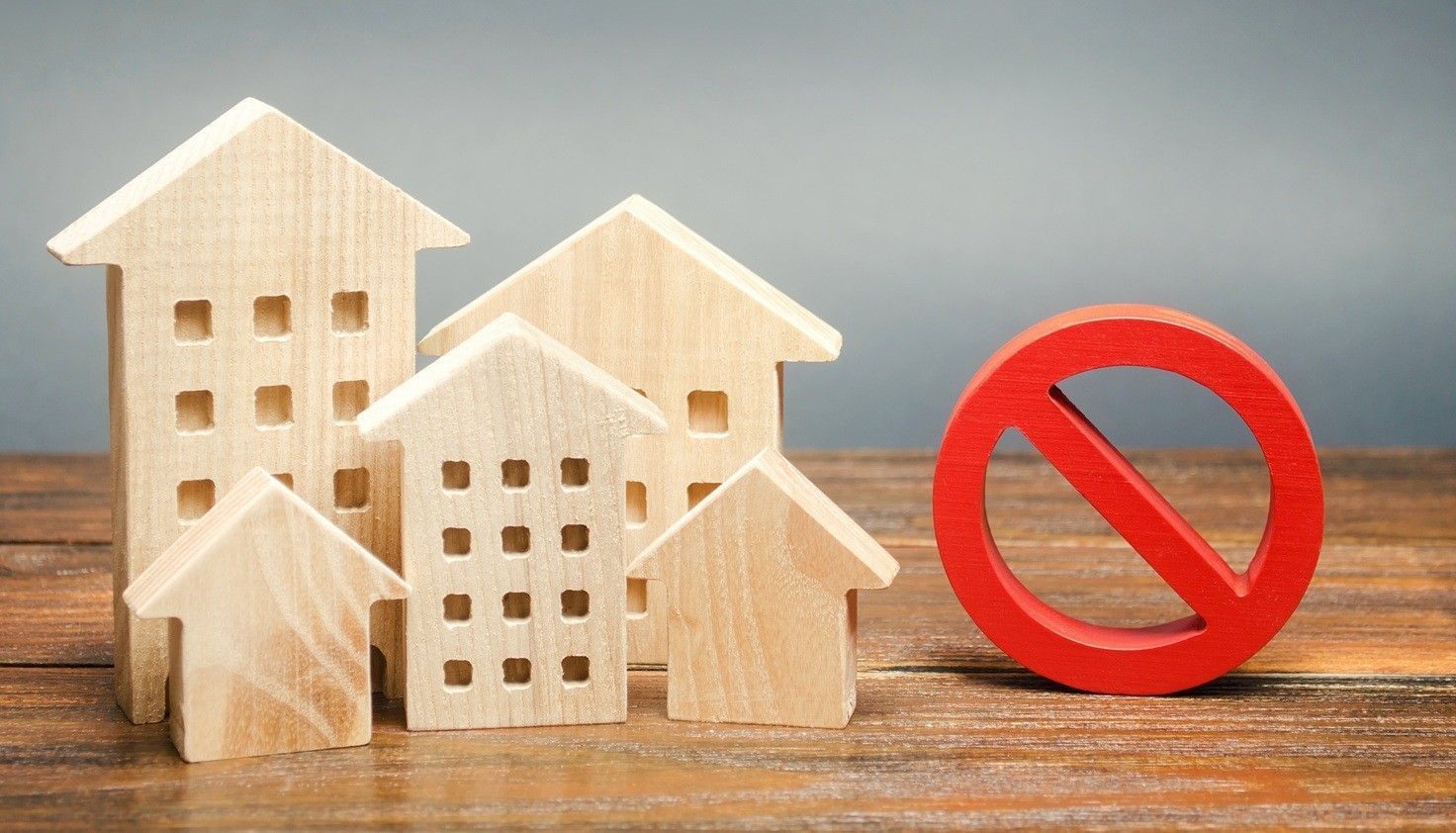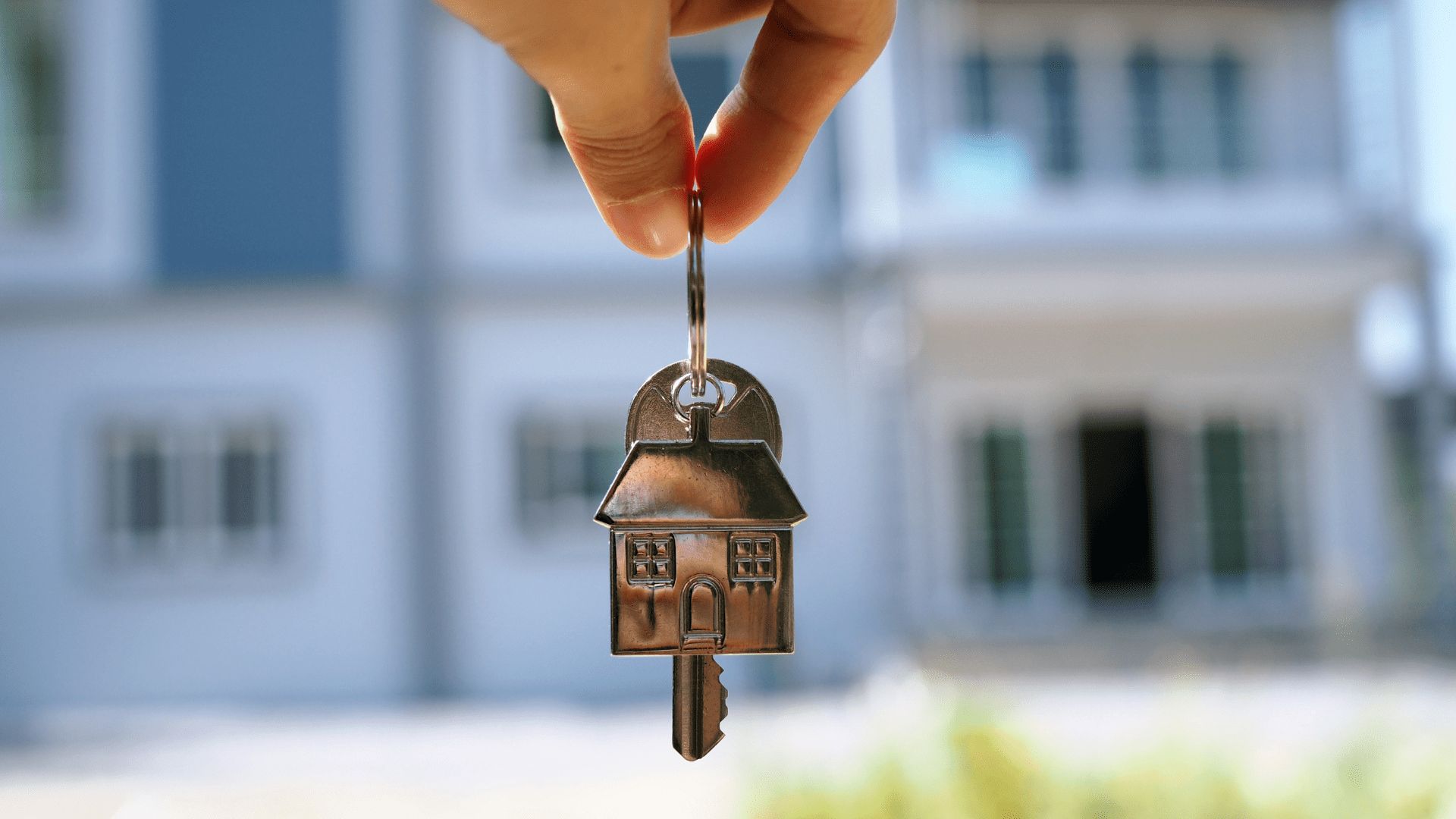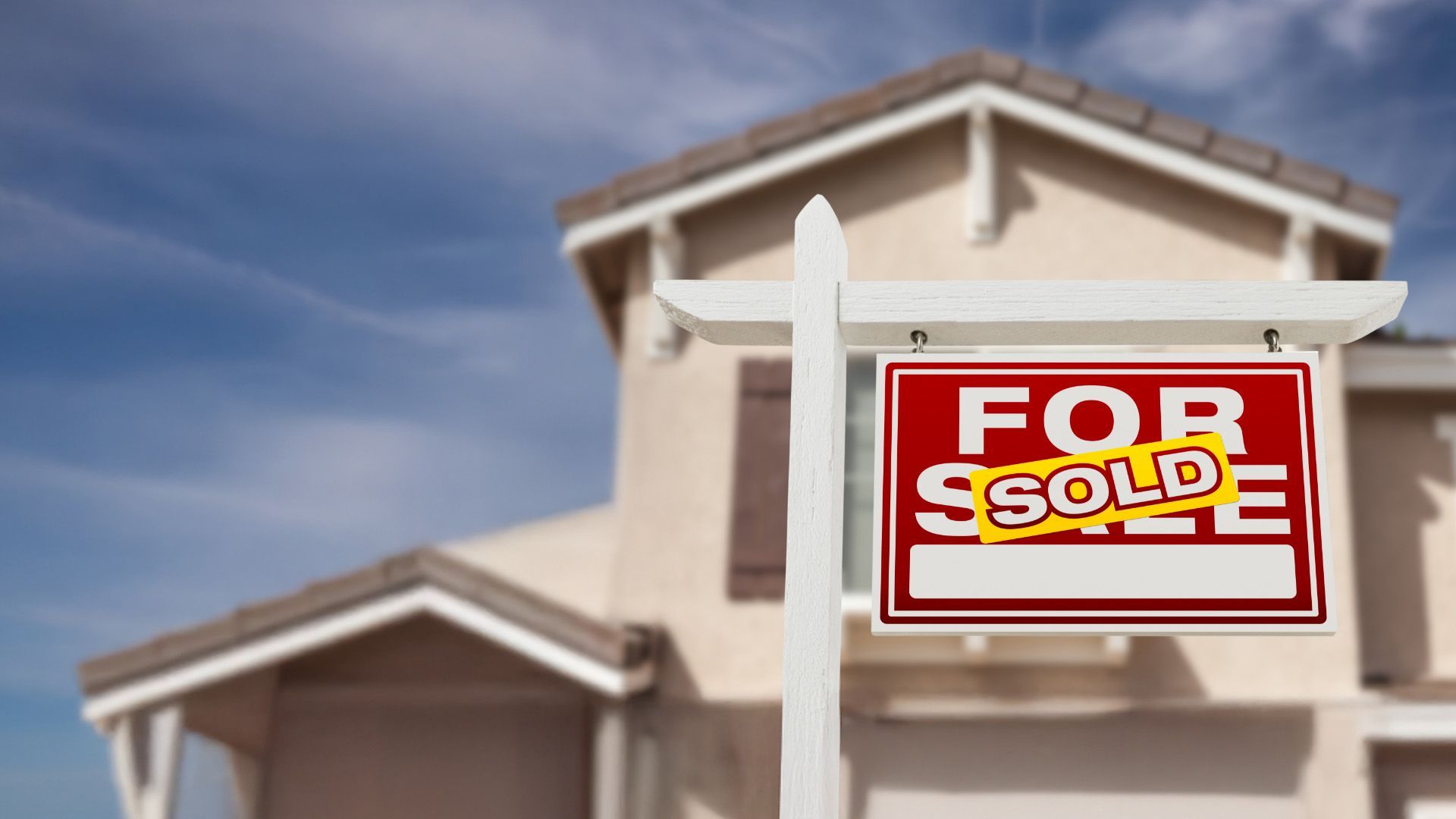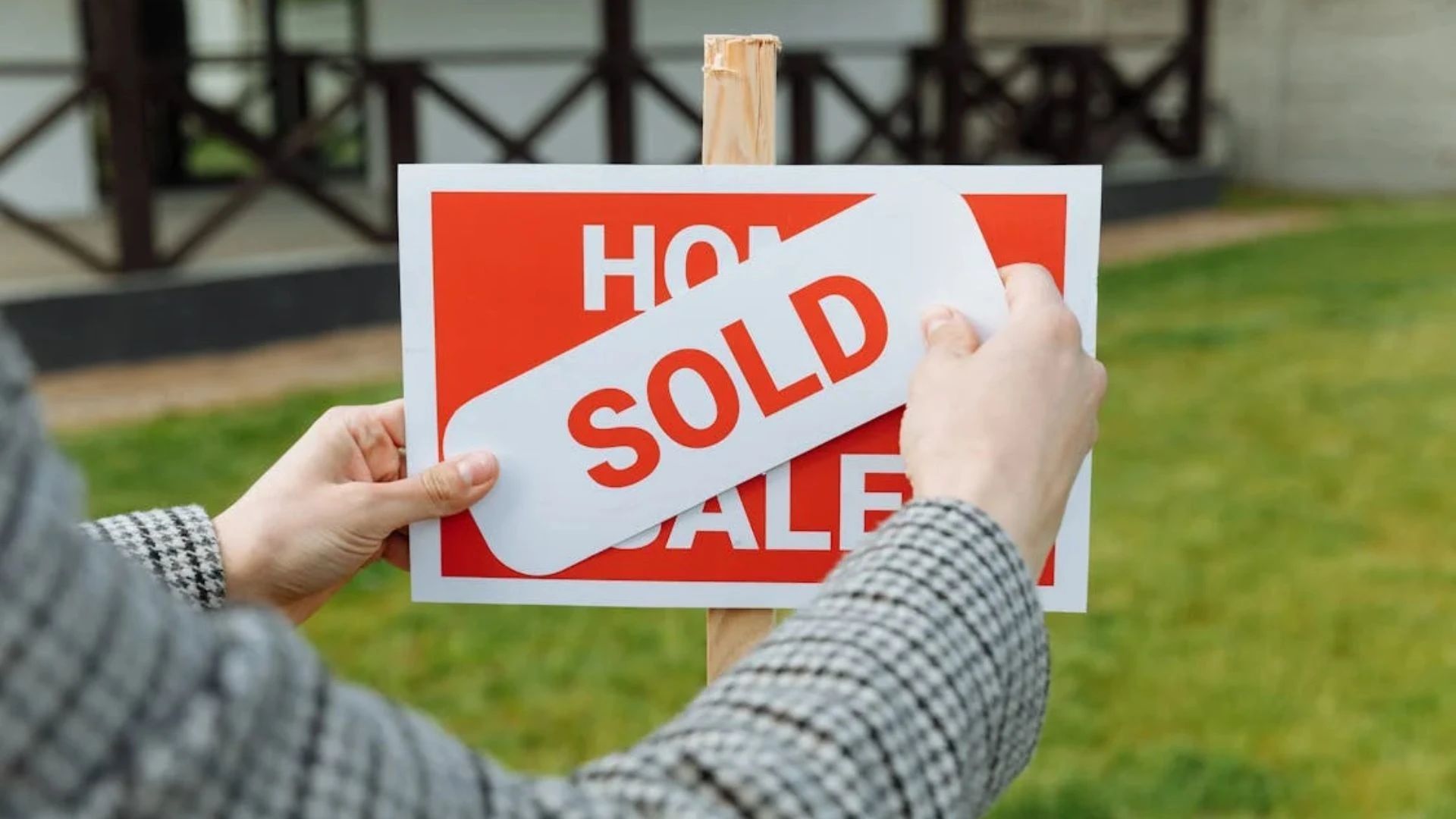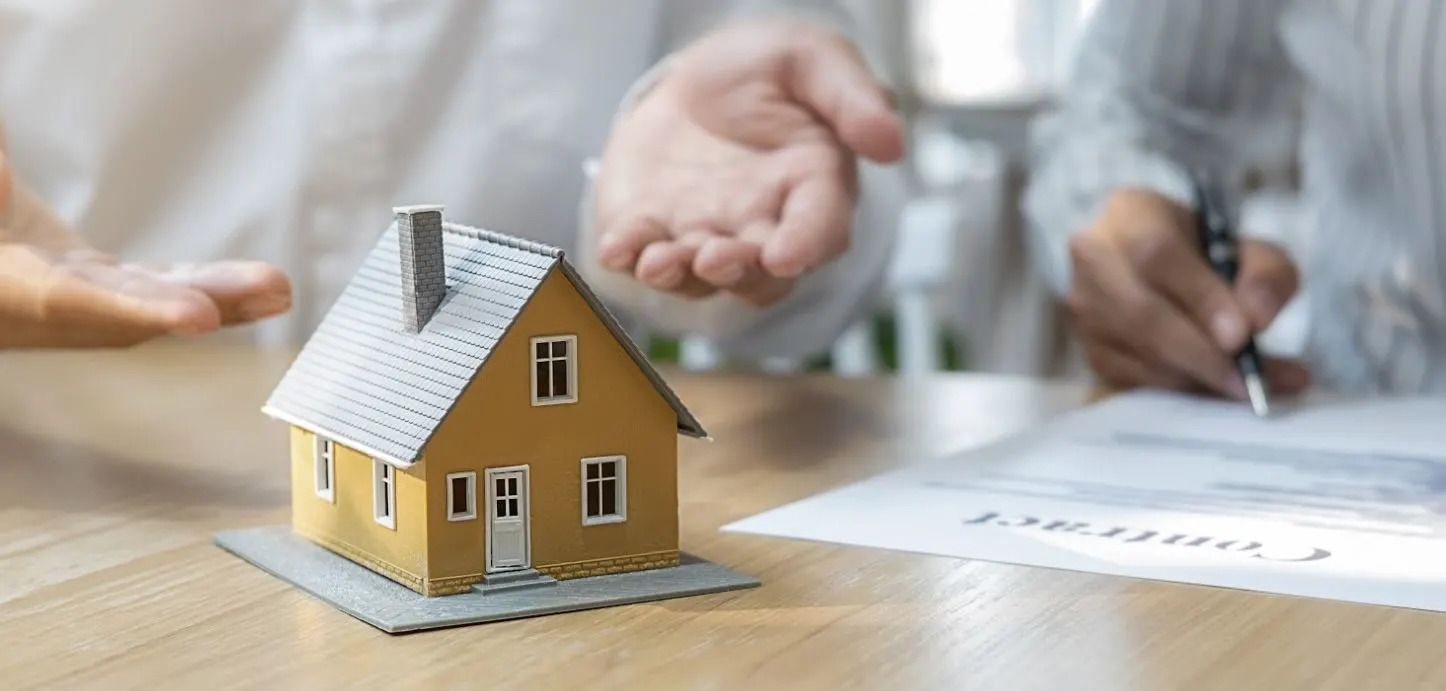From Vintage to Valuable: Selling Your Older Home for Maximum Profit
Selling an older home isn’t just about parting with property—it’s about transforming timeless character into real financial value. With charm rooted in its history and the potential to enchant a modern buyer, your vintage home could very well be your golden ticket to maximum profit.
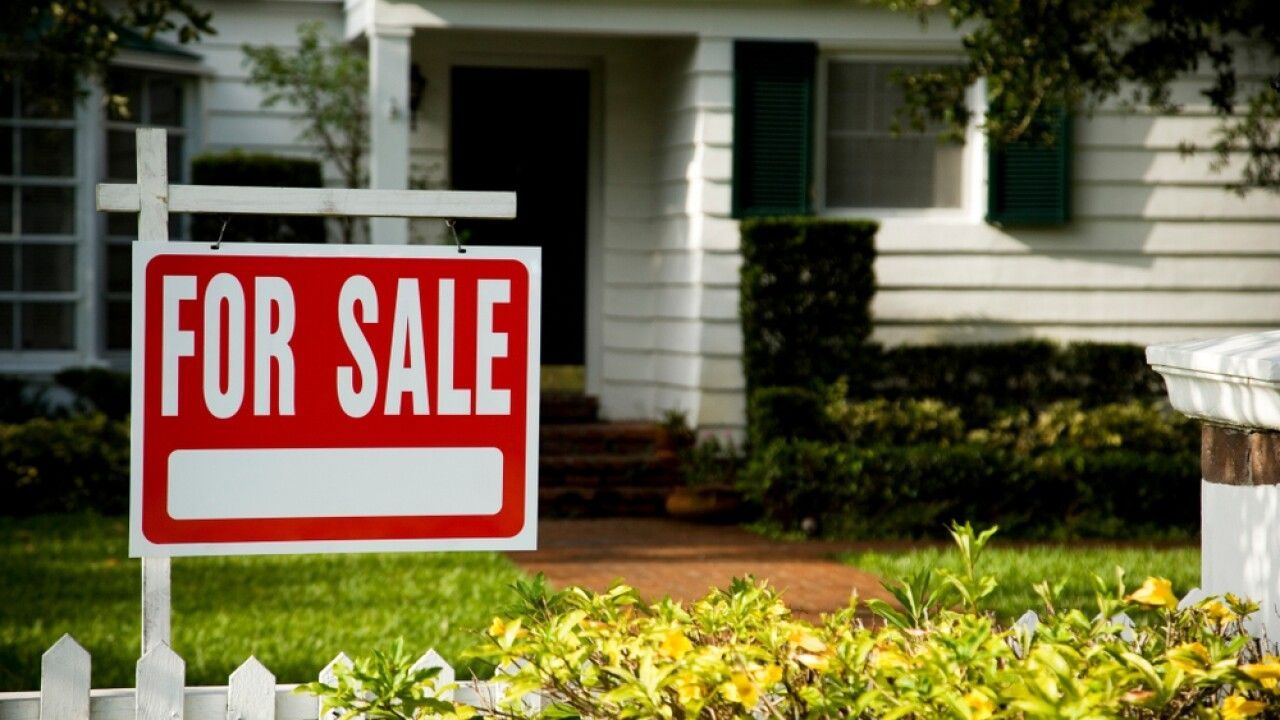
Understanding the Potential in Older Homes
Older homes have character. They carry the stories of generations, offer architectural flair rarely found in modern builds, and evoke emotions in buyers seeking more than just square footage. Elements like crown molding, original hardwood floors, or stained-glass windows can significantly boost perceived value when marketed right. It’s vital to embrace and highlight these features rather than conceal them.
For buyers looking for uniqueness, a vintage home feels like discovering a rare gem in a sea of replicas. By leveraging this emotional connection, you’re already several steps ahead in the game.
Assessing the Current Market for Older Homes
Before pricing or remodeling anything, study your local housing market. Are buyers in your area leaning toward newer homes, or is there a niche demand for older properties with personality? Your neighborhood might be undergoing a historical revival or an urban renewal phase—both golden opportunities.
Check comparable sales, but weigh in features unique to your home. For example, does your house sit on a historic street or offer custom woodwork from the 1920s? These nuances can’t be captured in square footage alone.
Initial Home Inspection and Why It Matters
Don't skip the inspection. It’s your first major step toward profitability. Hidden issues like faulty wiring, asbestos, or a crumbling foundation can ruin your sale and drop your price significantly. A pre-inspection helps you control the narrative.
Moreover, full disclosure builds trust. Buyers appreciate transparency and are more likely to proceed with confidence when issues are already addressed or properly documented.
Preservation vs. Modernization
Balance is everything. While modern upgrades appeal to contemporary tastes, preserving original features is what sets your home apart. Original fireplaces, built-ins, and molding can anchor the soul of your listing.
Focus your modernization on what sells—like kitchen appliances, plumbing fixtures, and efficient HVAC systems—while preserving character in visible finishes.
Boosting Curb Appeal Without Losing Character
First impressions matter, and curb appeal plays a starring role. However, don’t replace the vintage with the vanilla. Retain the porch railings, restore the wood shutters, and repaint with classic period colors.
Landscaping should complement your home’s heritage. Think heirloom roses over plastic mulch, or a wrought-iron fence instead of a modern aluminum gate.
Interior Enhancements That Increase Value
A charming exterior may get buyers through the door, but it's the interior that seals the deal. Start with a neutral palette—fresh coats of paint in soft beiges, grays, or creams provide a blank canvas that lets original details pop. Avoid bold wallpaper or colors unless they reinforce a specific historical style.
Refinish existing hardwood floors if they’re in good condition. If not, opt for affordable yet complementary flooring like laminate or engineered wood in traditional finishes.
Lighting can completely change the perception of a room. Replace outdated fixtures with vintage-inspired or energy-efficient models that suit the home’s character.
Home Staging Tips for Vintage Homes
Home staging helps buyers picture themselves living in your space. For vintage homes, it's crucial to strike a balance between nostalgia and modern comfort. Highlight crown molding, bay windows, and hardwood floors by keeping the surrounding decor minimal and functional.
Choose furniture that complements the architectural style. If your home is mid-century, consider sleek, low-profile furniture. For a Victorian home, traditional or transitional pieces work well.
To reach broader audiences, you can contact a local realtor with experience in historic properties for professional staging advice.
Navigating Historical Designations
Selling a home within a historic district or with official designation has its perks—and pitfalls. While these properties often command higher prices, they also come with legal restrictions on renovations and color schemes.
Work closely with a realtor experienced in historic homes to ensure your marketing emphasizes the benefits: potential tax breaks, cultural cachet, and long-term value retention.
Pricing Strategies for Maximum Return
Pricing an older home can be tricky. Too high, and it may sit on the market. Too low, and you lose equity. Use these steps to determine the sweet spot:
- Hire an experienced appraiser.
- Analyze comparable homes in your neighborhood, especially other vintage listings.
- Set a psychologically appealing price (e.g., $599,000 instead of $600,000).
- Highlight unique features in your listing to justify premium pricing.
Price confidently, but be ready to adjust based on buyer feedback and traffic.
Professional Photography and Virtual Tours
Modern buyers browse online first. High-quality images are essential. Hire a professional photographer who specializes in architectural or real estate photography. Make sure they understand how to capture period details—like intricate woodwork or stained-glass windows—while showcasing space and light.
Virtual tours are a bonus that allows out-of-town buyers to explore your home’s layout and charm. Ensure lighting, staging, and cleanliness are spot-on before filming.
Leveraging Storytelling in Listings
Buyers aren’t just purchasing a home—they’re buying into a legacy. Use narrative-driven listing descriptions to showcase your home’s personality. Mention the year it was built, any famous past owners, and lovingly preserved features. For example:
- “Built in 1928, this Tudor Revival boasts original oak paneling and vintage crystal chandeliers—an elegant nod to a bygone era.”
Storytelling creates emotional hooks that set your home apart from cookie-cutter listings.
Finding the Right Real Estate Agent
Don’t trust just anyone with selling your older home. Look for an agent with a track record in historic or vintage properties. Ask for case studies or testimonials. Bonus points if they belong to professional organizations focused on heritage real estate.
Use this realtor resource to find professionals with specialized local expertise in marketing older homes.
When to Sell: Timing the Market Right
Timing affects everything. In most markets, spring and early summer attract the most buyers. However, selling a vintage home in the fall can be effective, especially if your house’s cozy charm matches the season’s aesthetic.
Monitor local trends, school calendars, and economic indicators like mortgage rates. The best time to sell is when demand outpaces supply in your price range.
Open House Strategies for Older Properties
An open house is your moment to shine. Create a sense of occasion:
- Offer printed brochures with the home’s historical timeline.
- Set the mood with soft background music from the era.
- Serve light refreshments on antique platters or dishware.
- Light a fire in the hearth, if appropriate, or play a video loop of historical photos on a TV screen.
These touches make your property unforgettable.
Using Online Platforms Effectively
Post your listing across major platforms like Zillow, Redfin, and Realtor.com, but don’t stop there. Niche platforms like HistoricProperties.com or CircaOldHouses.com attract buyers specifically interested in vintage homes.
Use SEO-friendly keywords like “Tudor,” “Craftsman,” “mid-century,” or “historic home” to improve visibility.
Social Media Marketing for Vintage Homes
Instagram and Facebook are ideal for showcasing beautiful, character-rich properties. Use a mix of:
- Interior vignettes
- Before/after renovation shots
- Reels showing unique features (e.g., hidden staircases or vintage stoves)
Run targeted Facebook ads toward history buffs, preservation groups, and mid-to-high-income buyers aged 35–65.
Video Marketing That Captures Nostalgia
A well-produced video can evoke the emotions your home deserves. Consider:
- A “Day in the Life” lifestyle video
- Drone footage of the surrounding area
- A narrated tour sharing historical facts
Videos are shared more than text listings and build engagement faster.
Disclosing Repairs and Known Issues
Transparency builds trust. Provide written documentation of repairs, inspections, and upgrades. Address any asbestos, knob-and-tube wiring, or lead paint openly.
Buyers are less likely to be scared off if they see you’ve already done the heavy lifting—or priced accordingly.
FAQs
How can I market my older home effectively?
Highlight its charm through storytelling, professional photography, and by targeting niche platforms for historic homes.
What’s the biggest mistake sellers make?
Over-renovating. Don’t modernize away the charm. Focus on key updates while preserving historic elements.
Should I get a home inspection before listing?
Absolutely. It builds buyer trust and lets you address issues upfront.
Can older homes sell for more than newer homes?
Yes, if marketed correctly and located in a desirable neighborhood, they can command a premium.
Are buyers scared of historic homes?
Some are, due to repair fears. That’s why disclosures and pre-inspections are crucial.
Should I work with a specialized agent?
Yes, agents familiar with older homes know how to price and market them for maximum impact.
Conclusion
Selling your older home for maximum profit isn’t just about paint and price—it’s about telling a compelling story, respecting its history, and making strategic upgrades. Whether your home is a mid-century gem or a century-old Victorian, with the right approach and professionals by your side, you can turn your vintage property into a high-value sale.
Links:

